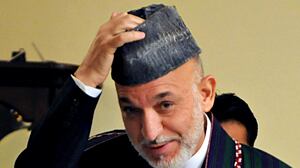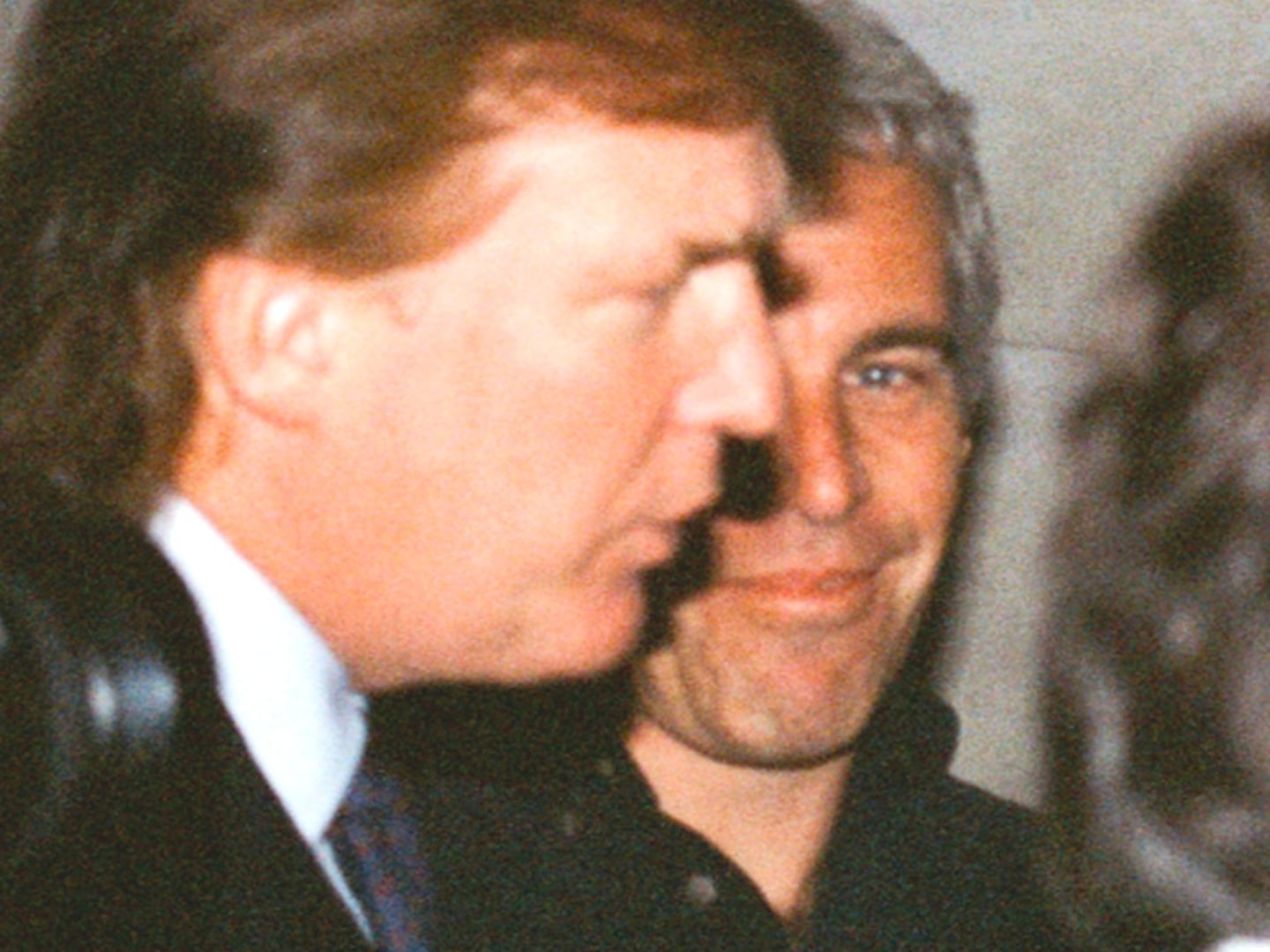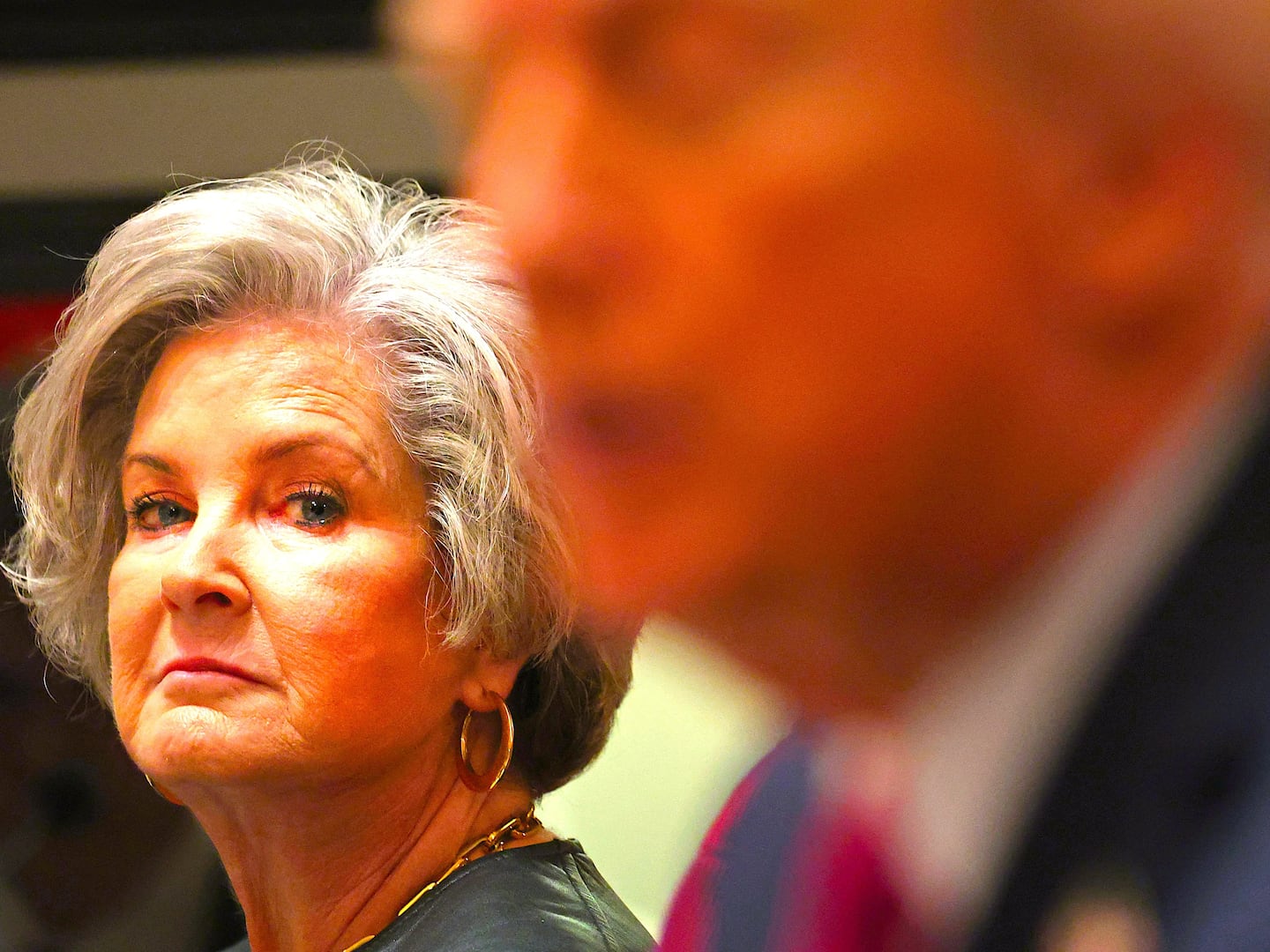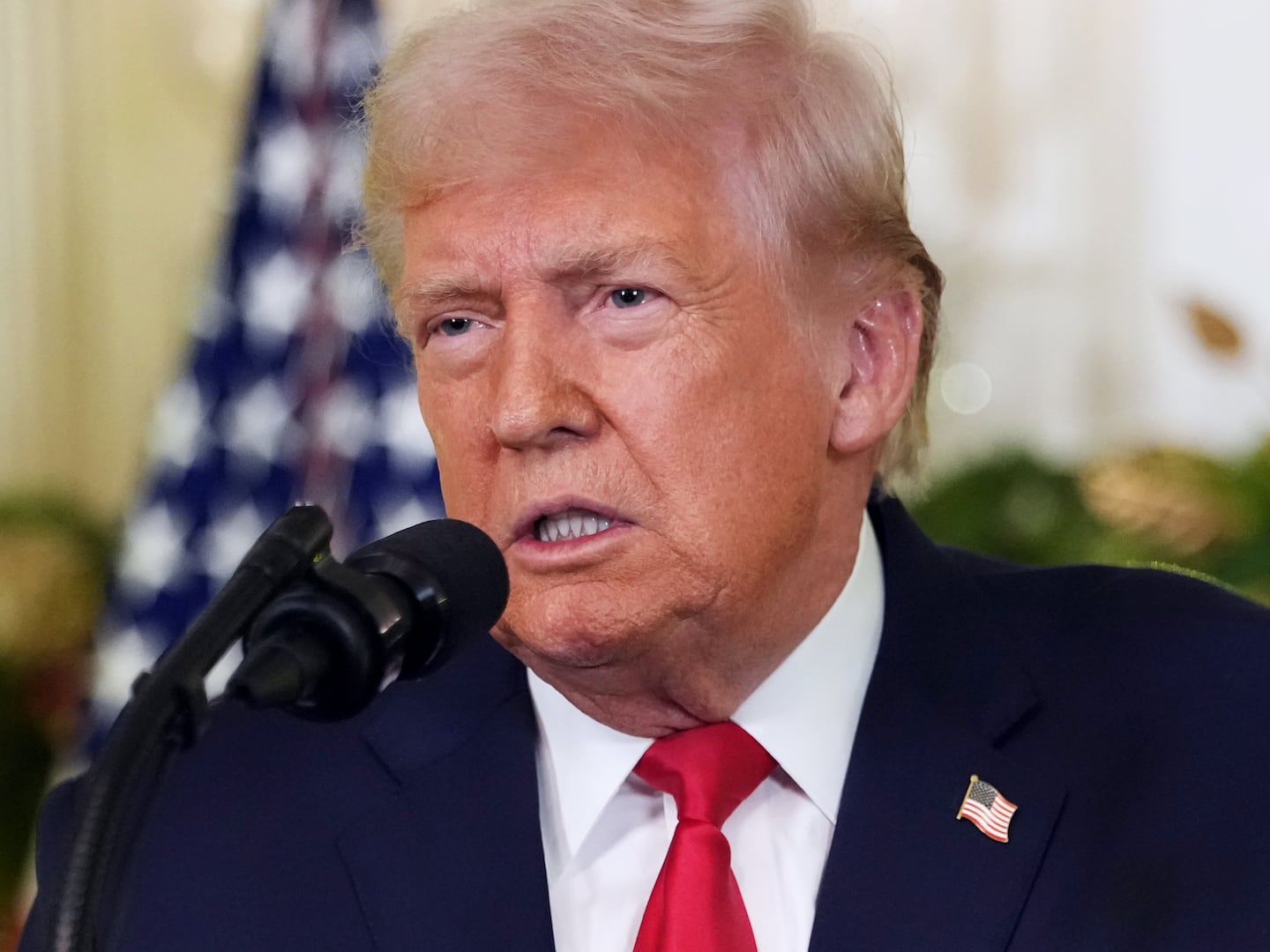
On Monday, just before 10 a.m., four explosions and gunfire shook downtown Kabul. Twenty Taliban insurgents and suicide bombers had begun a brazen coordinated assault against the central bank, a shopping center, the ministries of finance, mines, and justice, and the popular Serena Hotel, leaving at least 17 dead and injuring more than 70, many of them police or security officers.
When the first attack began, deep inside his presidential palace, Hamid Karzai had just begun swearing in members of his new cabinet. Kabul was gripped by a frantic chaos during Monday’s day of terror. But witnesses say Karzai maintained a cool demeanor during the hours it took for his police and military forces to restore calm.
Although Karzai’s public image is as a cautious and quiet man, in Blehm’s writing he emerges as a charismatic risk-taker.
Karzai’s composure wasn’t surprising. He has always seemed as if he was plucked by Hollywood’s central casting to be the president of such a rough and tough country. Gucci designer Tom Ford improbably named Karzai "the most chic man in the world.” Good-looking, with a sober demeanor, and speaking perfect English that shows just a trace of his British educators, Karzai exudes confidence and capability as a statesman for a nation whose leaders usually end their tenures early. Since 1700, 25 of 29 rulers of Afghanistan have been deposed, exiled, imprisoned, or assassinated.
One of the best parts of Eric Blehm’s The Only Thing Worth Dying For: How Eleven Green Berets Forged a New Afghanistan may be the deconstruction of Karzai’s genteel image. Although the book is a detailed account of a post-9/11, U.S. Army Special Forces unit’s fight—against great odds—for southern Afghanistan, it’s the up-close and personal account of Karzai that may be most revealing. Blehm effectively weaves the tale of Captain Jason Amerine and his 10 Green Berets together with Karzai and his own tiny band of followers in the remarkable chaos that reigned in the country.

On September 11, 2001, Karzai was in Pakistan, preparing to meet with several Western embassies the following day. As Blehm recounts, “Rather than wait for the United States to act, however, Karzai decided to launch his own insurgency.” In the weeks after the 9/11 attacks, an unarmed Karzai travelled by motorcycle with three friends to southern Afghanistan to urge Pashtun tribal leaders to rebel against the Taliban. The CIA considered his journey a virtual suicide mission and refused to put anyone on the ground with him, instead only wishing him luck and giving him a satellite phone. He was told to call his CIA handler once he raised an army inside Afghanistan. When Karzai was later chased into the mountains by the Taliban, he used that phone to call for help and was rescued by a Navy SEALs helicopter-borne team. That’s when he hooked up with the Special Forces team, ODA 574, at the center of the book.
There were half a dozen Special Forces teams like ODA 574 in Afghanistan after 9/11, but this is the first time a writer has gotten the cooperation of surviving team members, and finally Karzai himself. Blehm’s access pays off. He gives a blow-by-blow account of a mission that ends in tragedy for some of the soldiers but in triumph for Karzai.
When the Special Forces and Karzai first team up, the U.S. team leader, Captain Jason Amerine, told Karzai that “We’re here to learn what it is that you want to accomplish in southern Afghanistan and how we can support you.”
“That is something I have waited a long, long time to hear,” replied Karzai.
Blehm makes it clear there was no master plan for defeating the Taliban, taking control of the country, and chasing Osama bin Laden and al Qaeda. And in Washington, CIA Director George Tenet had little faith in Karzai’s ability to lead a popular uprising. At one point, the CIA went behind ODA 574's back to request a platoon of Rangers. Other bureaucratic obstacles later led Amerine to write in his journal: “It’s a fucked-up war when you are more worried about fighting your chain of command than the actual enemy.”
There are many memorable scenes: Karzai talking to Mullah Omar’s protégé by phone and discussing a possible Taliban surrender; his meetings with tribal leaders, never sure if they will follow him or instead just take him to the Taliban to collect the large reward on his head; his frantic attempts to fulfill a promise he made to Amerine to raise an insurgent army of 300; and his willingness to march on the Taliban stronghold of Kandahar with only a ragtag group of followers and the soldiers of ODA 574.
Although Karzai’s public image is as a cautious and quiet man, in Blehm’s writing he emerges as a charismatic risk-taker. At one point, only days inside his native country, an old man near Kandahar refuses to give the American troops some gas when they tried using Karzai’s name as credit. A week later, the same man is on the side of the road, pushing his fists into the air, in support of Karzai himself driving in a convoy toward the entrenched Taliban forces.
Blehm effectively delivers the drama of Karzai getting a call on his satellite phone from a BBC reporter who is the first to deliver the news that he’s just been named the chairman of the interim government. By then, the reader is accustomed to the Taliban’s white flag being replaced in village after village with the black, red, and green striped Afghan flag. Most tribal leaders thought the Afghan flag was simply Karzai’s battle flag.
In one scene, Karzai introduces Amerine to an Afghan man, whose eyes were filled with tears. Seven of his children had been killed when American bombers hit an abandoned Taliban command post that had become home to some displaced villagers.
“I’m sorry,” Amerine said. “I’m very, very sorry.”
“He does not want you to be sorry,” said Karzai. “He says that he would not mind losing the rest of his children, provided you liberate Afghanistan.”
That is the level of desperation underlying long oppressed Afghans who found the Taliban restrictions on work and on life to be suffocating. And it’s why so many rallied to Karzai’s call to risk their lives to reclaim their country. Finishing Blehm’s book, one can’t help but be impressed at the bravery of the soldiers in ODA 574. But Karzai and some of the men who are now top aides are as brave, clearly willing to die in what they saw as a once-in-a-lifetime opportunity to liberate their country. The Only Thing Worth Dying For provides a pretty good explanation as to why Hamid Karzai thinks he’s entitled to be the country’s first democratically elected president. In Blehm’s book, he’s earned it.
Plus: Check out Book Beast for more news on hot titles and authors and excerpts from the latest books.
Gerald Posner is The Daily Beast's chief investigative reporter. He's the award-winning author of 10 investigative nonfiction bestsellers, on topics ranging from political assassinations, to Nazi war criminals, to 9/11, to terrorism. His latest book, Miami Babylon: Crime, Wealth and Power—A Dispatch from the Beach, was published in October. He lives in Miami Beach with his wife, the author Trisha Posner.





